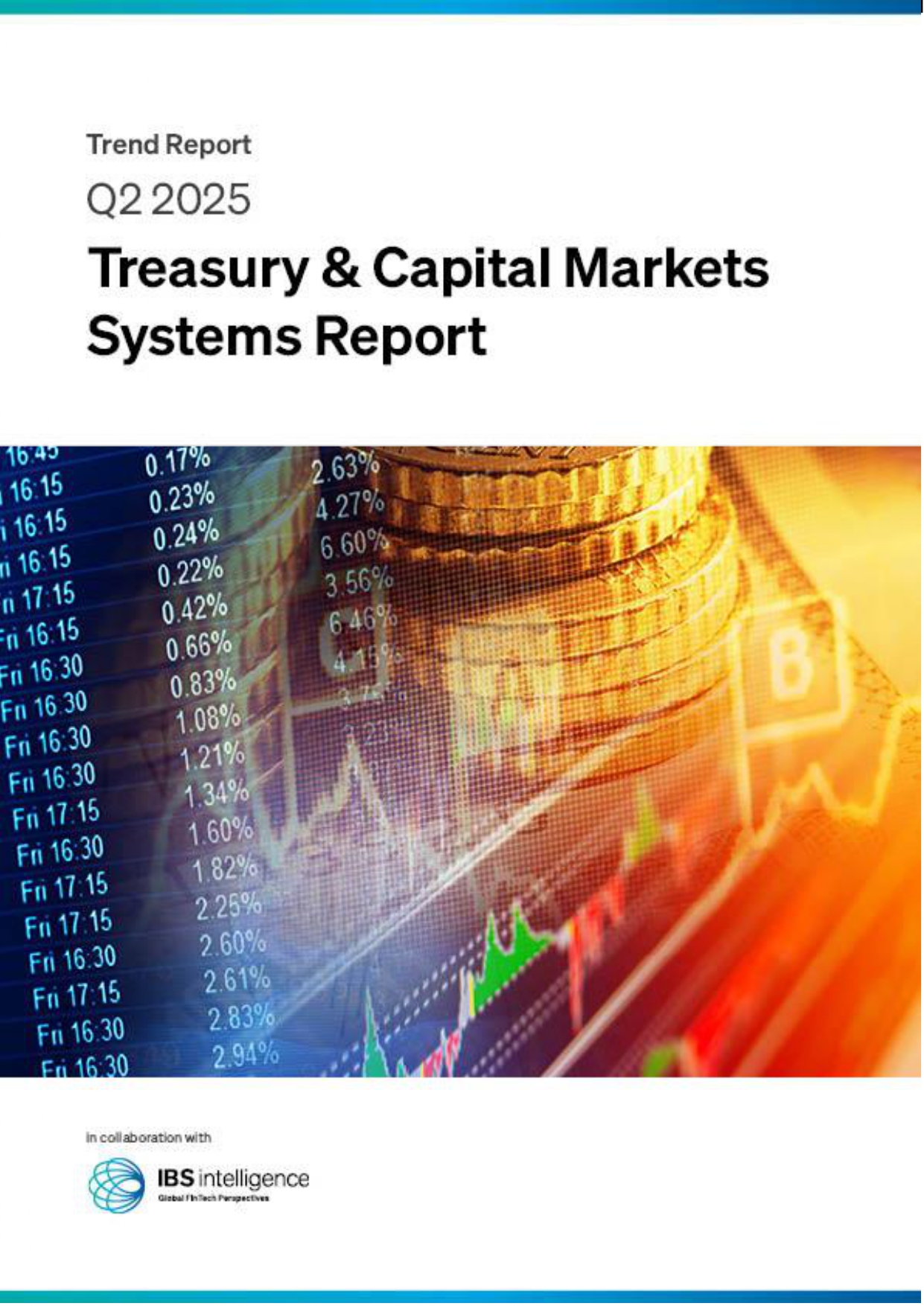 Back
Back
Millennials don’t exist, so banks need to stop the condescension
 Entitled. Lazy. Narcissistic. Me, me, me. If you threw those descriptors at anyone on the conference circuit in finance today they’d know exactly what you were talking about. “Millennials”, the tagline that’s a gift that keeps on giving for speakers and strategists. Banks “need” to target Millennials, they say. Give them selfie-pay, give them emoji-themed UIs, give them “bae” and “fleek” and watch them flock to your brand.
Entitled. Lazy. Narcissistic. Me, me, me. If you threw those descriptors at anyone on the conference circuit in finance today they’d know exactly what you were talking about. “Millennials”, the tagline that’s a gift that keeps on giving for speakers and strategists. Banks “need” to target Millennials, they say. Give them selfie-pay, give them emoji-themed UIs, give them “bae” and “fleek” and watch them flock to your brand.
What banks and those who perpetuate this gross misunderstanding need to realise is that it’s not just wrong, it’s downright counterproductive. Many times, I’ve sat in a conference hall full of middle-aged bankers and technologists and watched as they tell me what I want. Yes, I am a Millennial but I’m also an individual. Just like not every baby boomer is to blame for the crash of the global economy, not every Millennial loves to take selfies and eat avocado on toast.
Not all snowflakes
As explained by the exceptionally concise Adam Conover, the easiest way to connect with a Millennial is to treat them like every other customer. If you respect their needs, talk to them as if they’re intelligent, well-rounded people and offer them services they desire, you’re going to get on great.
“But,” you may say, holding up the results of yet another survey into the wants and needs of the 18-35 age bracket, “Millennials want rewards, cashback, mobile-first services and convenience.” Why shouldn’t you give them those things?
The answer to that is “of course you should” but why target just Millennials? Those needs are cross-generational. In the UK, 69% of 18-24 year-olds use mobile banking, but 44% of 45-54 year-olds and 30% of 55-64 year-olds also use their mobile to do banking. Customer priorities across all age groups are ease of use (46%), speed (46%) and layout and design (41%).
Banks feel like they need to change their ways to entice young people to their side, worried by the high rate of attrition, but don’t realise that “Millennials” are just as loyal to banks that offer them the services they require. In the US, young people have a higher wallet share with their primary bank than any other generation. When a bank or credit union is found to engage with those users, they experience a boost of 25% or more in wallet share.
Not-so big spenders
The myth of the butterfly-minded young person, flitting from bank to bank spending money on games consoles, mobile phones and Starbucks needs to be addressed, too. 70% of “Millennials” are already saving for their retirement. According to FICO, they’re are also more likely than to have a home equity loan or line of credit, a credit card, financial planning or advisory services or a home mortgage loan.
While research from “The Millennial Mind” (urgh) says that 1 in 3 young people are considering switching their banks, more than half say that their bank isn’t offering anything better than the competition. Another half are looking for technology start-ups to overhaul the industry. Why is that the case? Banks have traditionally never taken a human-first approach to customer interaction.
Technology firms are offer personalised services that interact with their clients at every opportunity. Those in the age bracket of 35 and below are one of the most diverse segments of the global market. In the US, 42% of them identify as non-white, 15% are first-generation immigrants and the population identifying as Hispanic has tripled.
Banks need to re-engineer the way they operate to deliver mobile, personalised and targeted services to all segments of the market. Reducing the needs of one of the largest target demographics to “give them apps, give them selfies, give them shiny things” is a folly. Trying to lump them under one moniker and sell to them as a group, as opposed to a collection of individuals, is a road to failure.
IBSi News

July 03, 2025
Cashbacks
PayGlocal taps Banking Circle to simplify international payment collections
Read MoreGet the IBSi FinTech Journal India Edition
- Insightful Financial Technology News Analysis
- Leadership Interviews from the Indian FinTech Ecosystem
- Expert Perspectives from the Executive Team
- Snapshots of Industry Deals, Events & Insights
- An India FinTech Case Study
- Monthly issues of the iconic global IBSi FinTech Journal
- Attend a webinar hosted by the magazine once during your subscription period
₹200 ₹99*/month
* Discounted Offer for a Limited Period on a 12-month Subscription
IBSi FinTech Journal
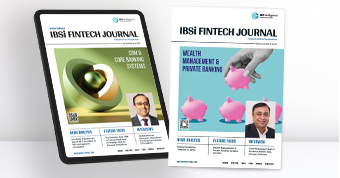
- Most trusted FinTech journal since 1991
- Digital monthly issue
- 60+ pages of research, analysis, interviews, opinions, and rankings
- Global coverage
Other Related Blogs
May 22, 2025
Why the FinTech boom in MENA has exposed Europe’s tech debt – and how to fix it
Read MoreRelated Reports

Sales League Table Report 2025
Know More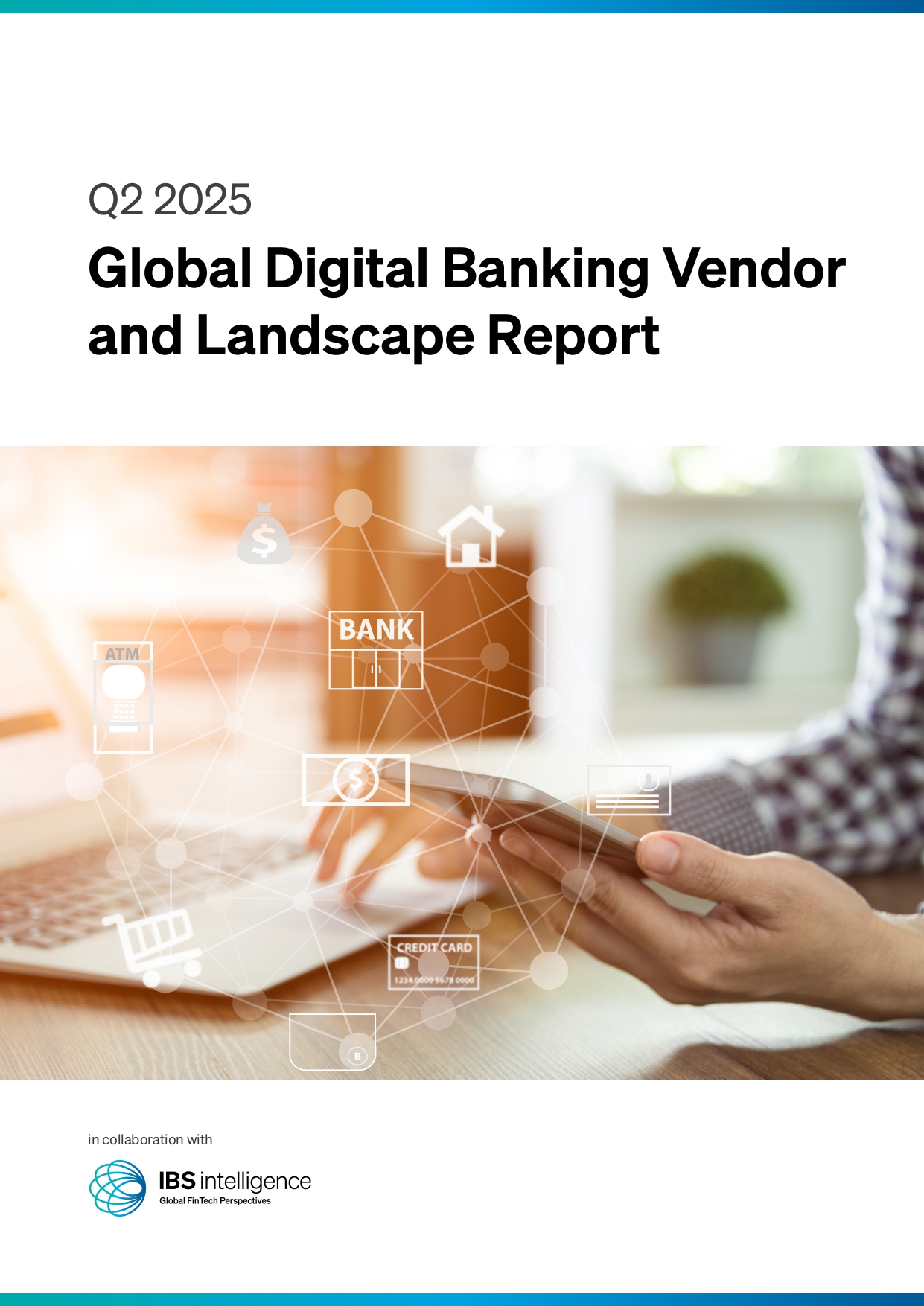
Global Digital Banking Vendor & Landscape Report Q2 2025
Know More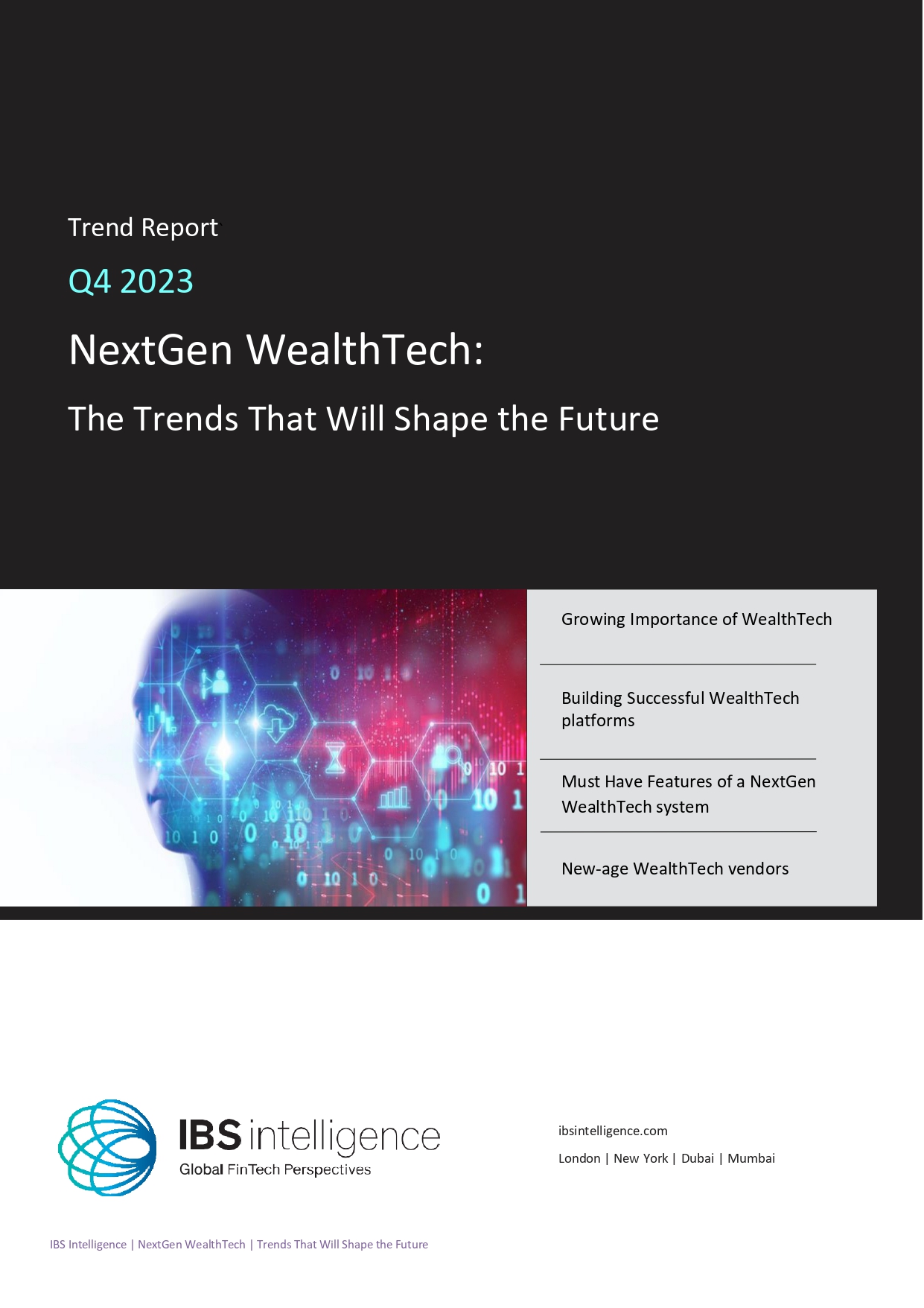
NextGen WealthTech: The Trends To Shape The Future Q4 2023
Know More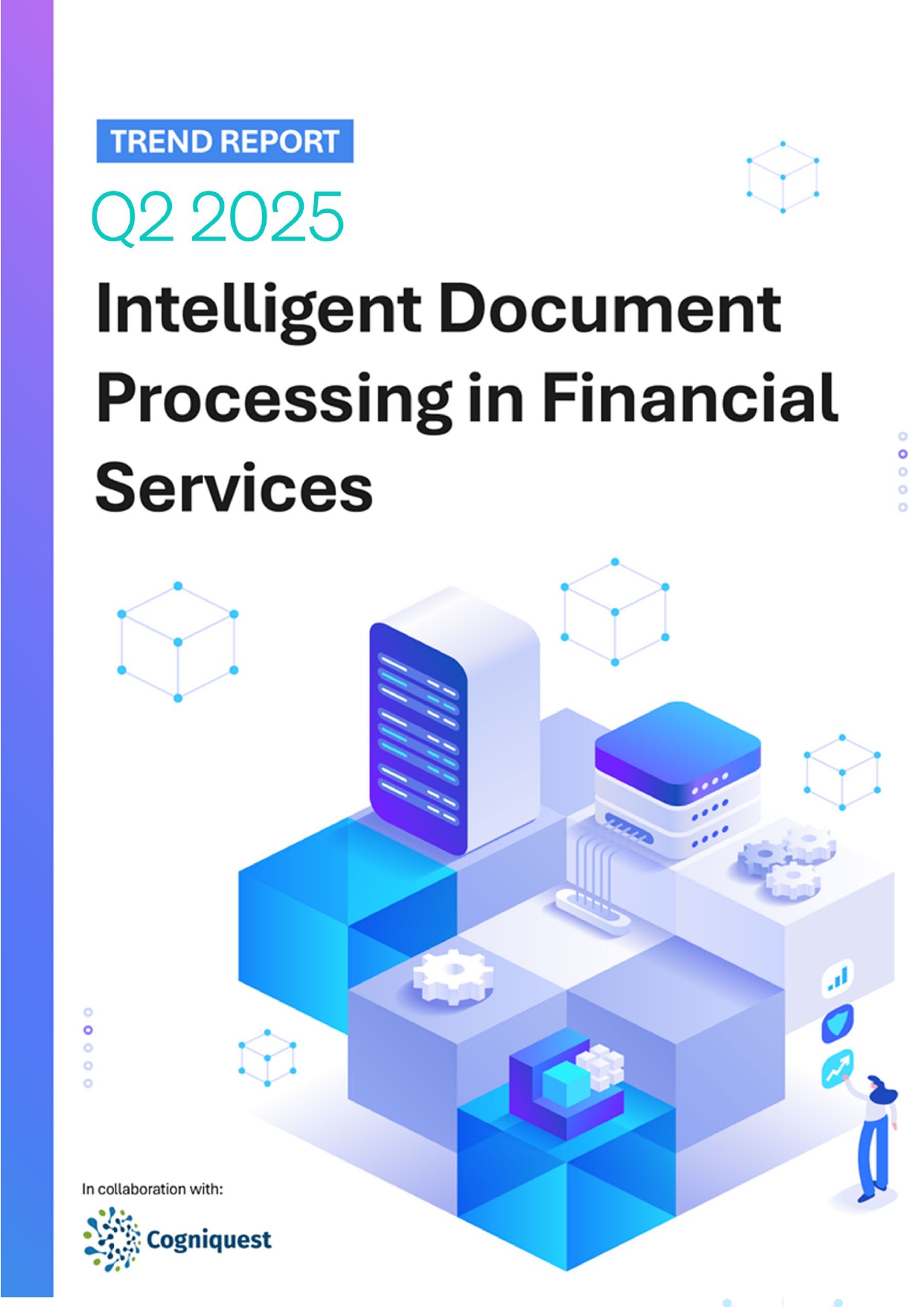
Intelligent Document Processing in Financial Services Q2 2025
Know More